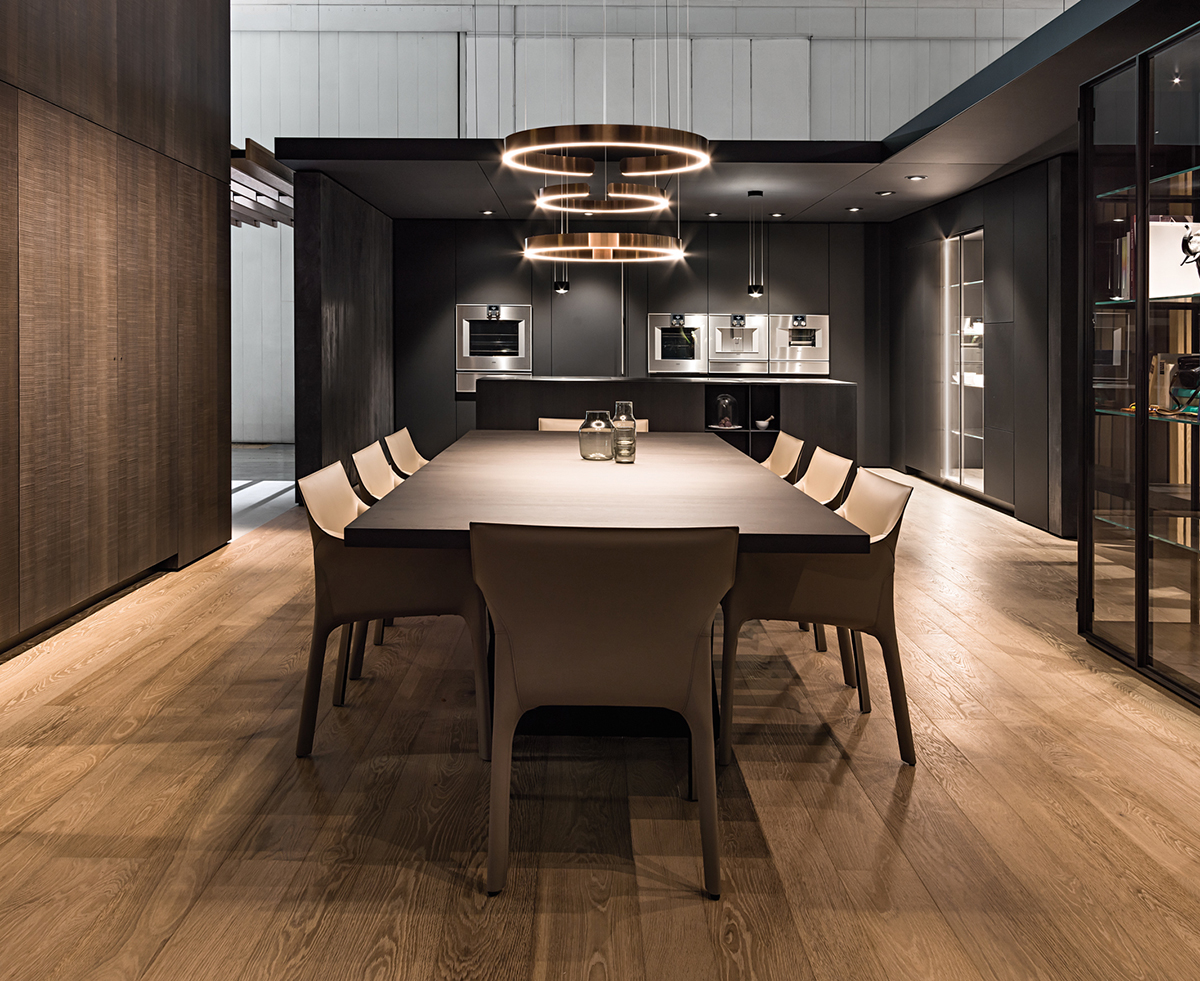
The Gaggenau stand at the EuroCucina 2018 exhibition

Stephen Bayley
Of all rooms in the house, kitchens demand the best design for function as well as looks. Cultural critic Stephen Bayley reveals their modernist origins and meets kitchen appliance-maker Gaggenau’s head of design Sven Baacke to talk about his design thinking, what luxury means and the poetry of fridges
No-one is ever going to want a virtual dinner. The one thing electrons, sensors, code, AI, VR and haptics will never provide is a perfectly executed, steaming hot perdiz estofada Casa Paco, a Madrileño classic with fumes of wine, garlic, onions and bacon, garnished by an improbably big handful of parsley. Not to forget its ideal companion, a perfectly chilled 2016 Finca Allende white from Rioja.
For this reason, the domestic kitchen with its hob, oven and fridge will always remain a part of civilised life. App-driven delivery services may flourish on their wobbly bicycles, but they have more effect on the precarious margins of the traditional restaurant trade than the home cook with his gastronomic library, bleu de travail pinafore and wooden spoon.
Follow LUX on Instagram: luxthemagazine
Despite changing behaviour – going out, staying in, hot yoga, crazy exercise regimes, fasting and peculiar diets – the kitchen is a remarkably resilient feature of building design. Although some experts estimate that New Yorkers spend 130 per cent more on eating out than other Americans, the fact remains that every new apartment in Manhattan is still equipped with an impressive new kitchen.

Gaggenau’s head of design Sven Baacke
And that probably means a new German kitchen. Like the German car, the German kitchen has reached a global archetypal status that Carl Gustav Jung would have appreciated and understood. Never mind that the same new German kitchen in that vertiginously tall apartment building on East 57th street is rarely used and never contaminated with actual hot food, it is a powerful and universally understood status symbol. Why? Because the design and manufacture of a kitchen and its equipment combine the disciplines of architecture and industrial design at which, at least in the modern era, Germans have so excelled.
It was in 1926 that Grete Schütte-Lihotzky unveiled her Frankfurt Kitchen, a functionalist masterpiece designed for that city’s ambitious socialist housing programme. Exploiting industrial processes and materials, it was tiny, ergonomic, modular, intelligent. It was everything the Bauhaus claimed but often failed to achieve.
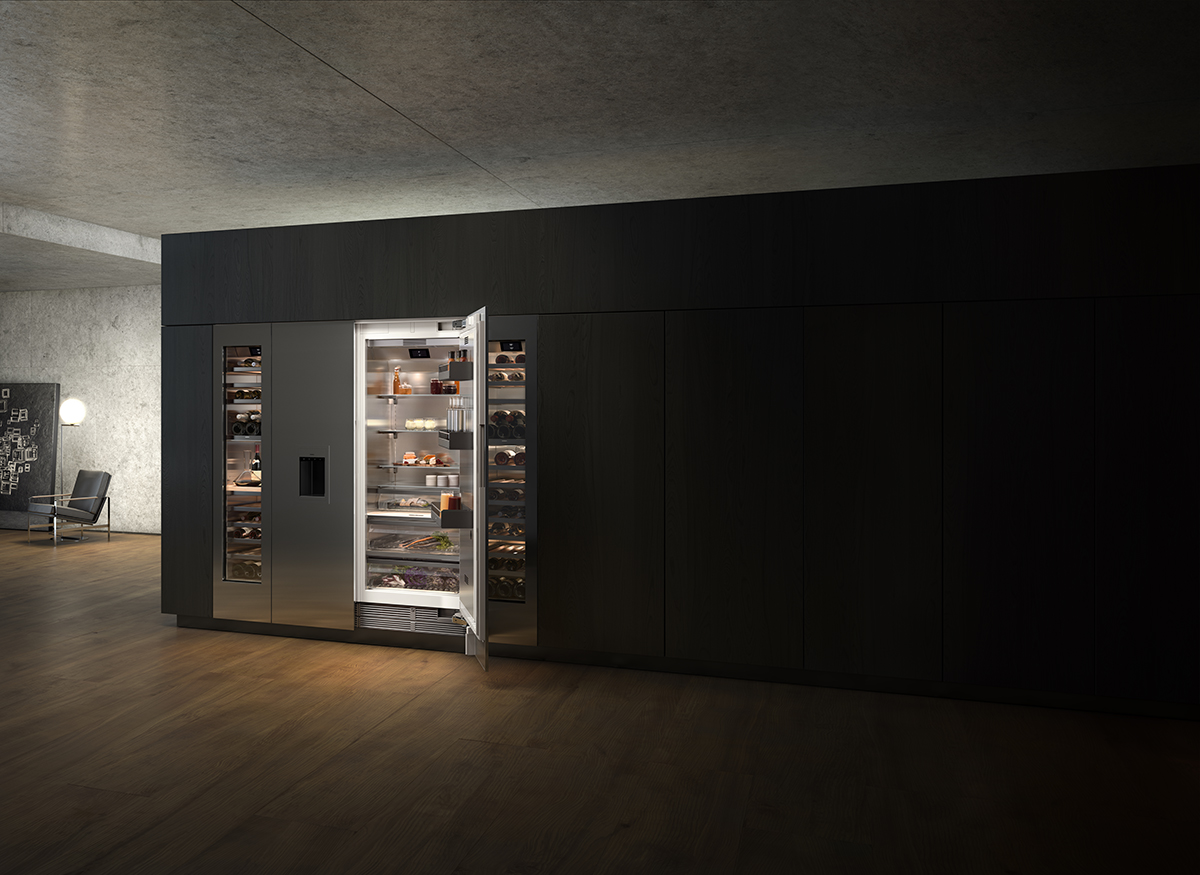
The Vario 400 refrigerator
True, the American dream kitchen, with its pastel-coloured and chrome-plated laboursaving appliances attended by a blonde model in a flared and pleated A-line skirt, presented consumers with an alternative in the 1950s and 1960s, but the Frankfurt Kitchen set the enduring design standard. So much so, that examples are in the permanent collections of New York’s Museum of Modern Art and London’s Victoria and Albert Museum.
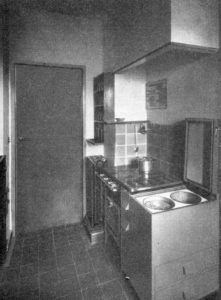
The Frankfurt Kitchen from the 1920s
In a nicely paradoxical way, this austere design language has become the ultimate luxury product. This is because luxury today is not about excess or vulgarity, but of having time to spare for, among other things, cooking.
Now, I want you to imagine Sven Baacke riding his adored 1962 Lambretta scooter, a machine he enjoys dismantling and reassembling, around Munich. Baacke is the Gaggenau designer. He was born in 1974 and attended the Staatlichen Akademie der Bildenden Künste in Stuttgart.
This is an inspirational city for a design education. At the beginning of the last century, the local museologist Gustav Pazaurek organised an influential exhibition called ‘Geschmacksverirrungen im Kunstgewerbe’ (Errors of Taste in Design). Pazaurek hated fuss and admired logic. And in 1927, the great Mies van der Rohe participated in Stuttgart’s magnificent Weissenhofsiedlung, or Weissenhof Estate, a real-life demonstration of architectural possibilities embodied by the International style.
Today, Baacke says his favourite building is Mies’s pavilion built for the 1929 International Exposition in Barcelona. And, of course, Stuttgart is the city of Porsche and Mercedes-Benz, with all the industrial discipline and design prowess that suggests. And if Baacke’s new home is Munich, remember this is the territory of BMW, a company that made its reputation through design as much as through automatic self-levelling suspension.
All these architectural and design influences I think can be seen in Gaggenau, but I wanted to check this thought with Sven Baacke. So, I asked him.
Stephen Bayley: Is there such a thing as ‘German Design’?
Sven Baacke: Of course. We have the Bauhaus. And Gaggenau has been in the Black Forest for more than three hundred years. There’s nothing more German than the Black Forest! But at Gaggenau, while we certainly admire precision, we have soul as well. That’s not something you’d dare admit to a German engineer!
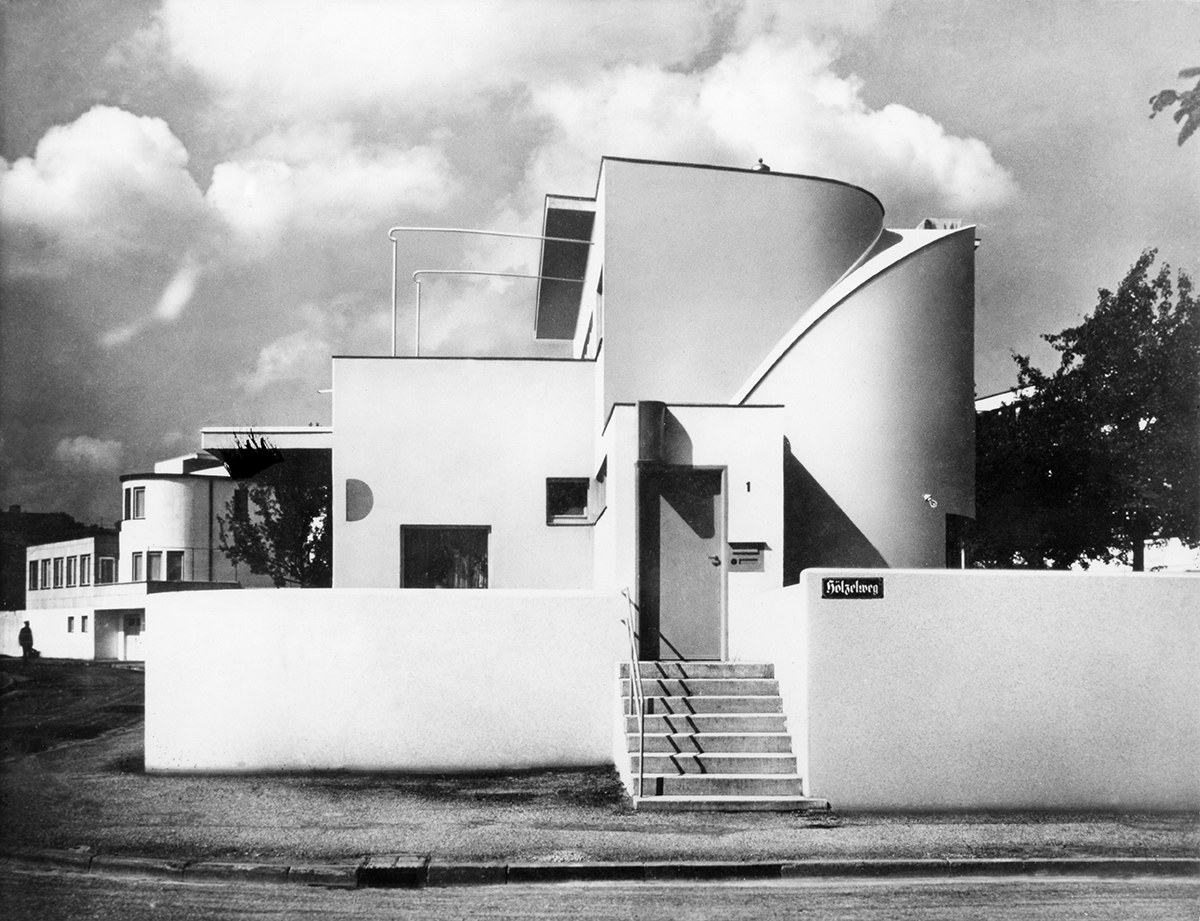
The Weissenhofsiedlung, designed by Mies van der Rohe, 1927
Stephen Bayley: What’s your approach ?
Sven Baacke: I reduce everything to the essentials, but do not remove the poetry. To me, a fridge is architecture. There are so many variables involved, so many different criteria. But everything comes together in a well-balanced kitchen. One thing is certain – I like open spaces, not closed doors.
Stephen Bayley: How do you define luxury?
Sven Baacke: Luxury is not so much about owning things. I don’t like to talk about Gaggenau as a luxury brand. In any case, luxury is culturally determined. If you live in a Chinese city, the ultimate luxury is fresh air. In Tokyo, it is space. For us Europeans, luxury is a personal thing. It is subtle. It is personal. It is about experience. And especially the experience of cooking, taking time to buy ingredients and spending time with friends.
Stephen Bayley: And are you a good cook?
Sven Baacke: Ah, but what is ‘good’? Certainly, I do not like baking because it is all about chemistry. I prefer to be intuitive. I love being in Sicily because the produce is so good that you hardly need to change it.
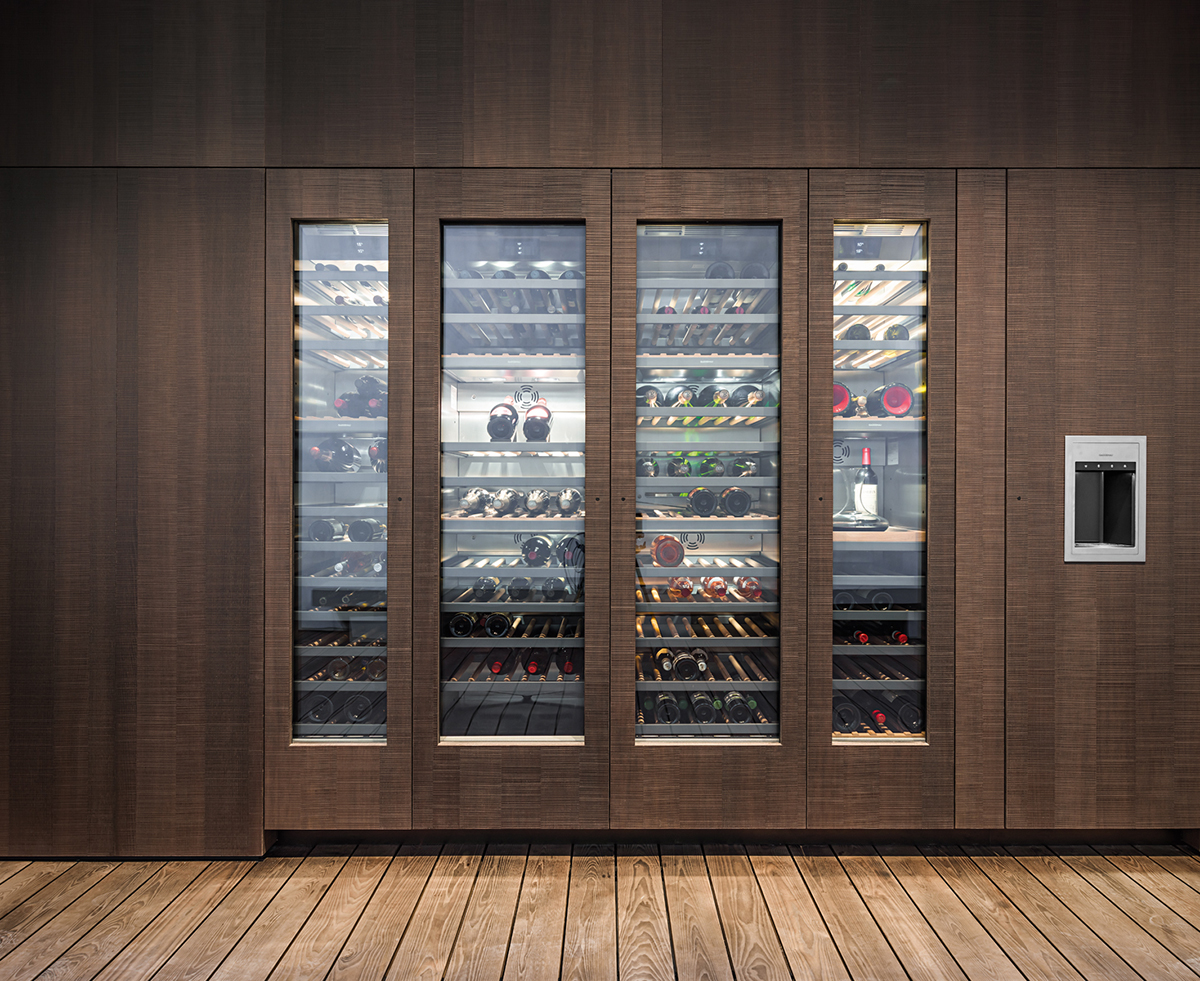
A Gaggenau wine cabinet at the EuroCucina exhibition
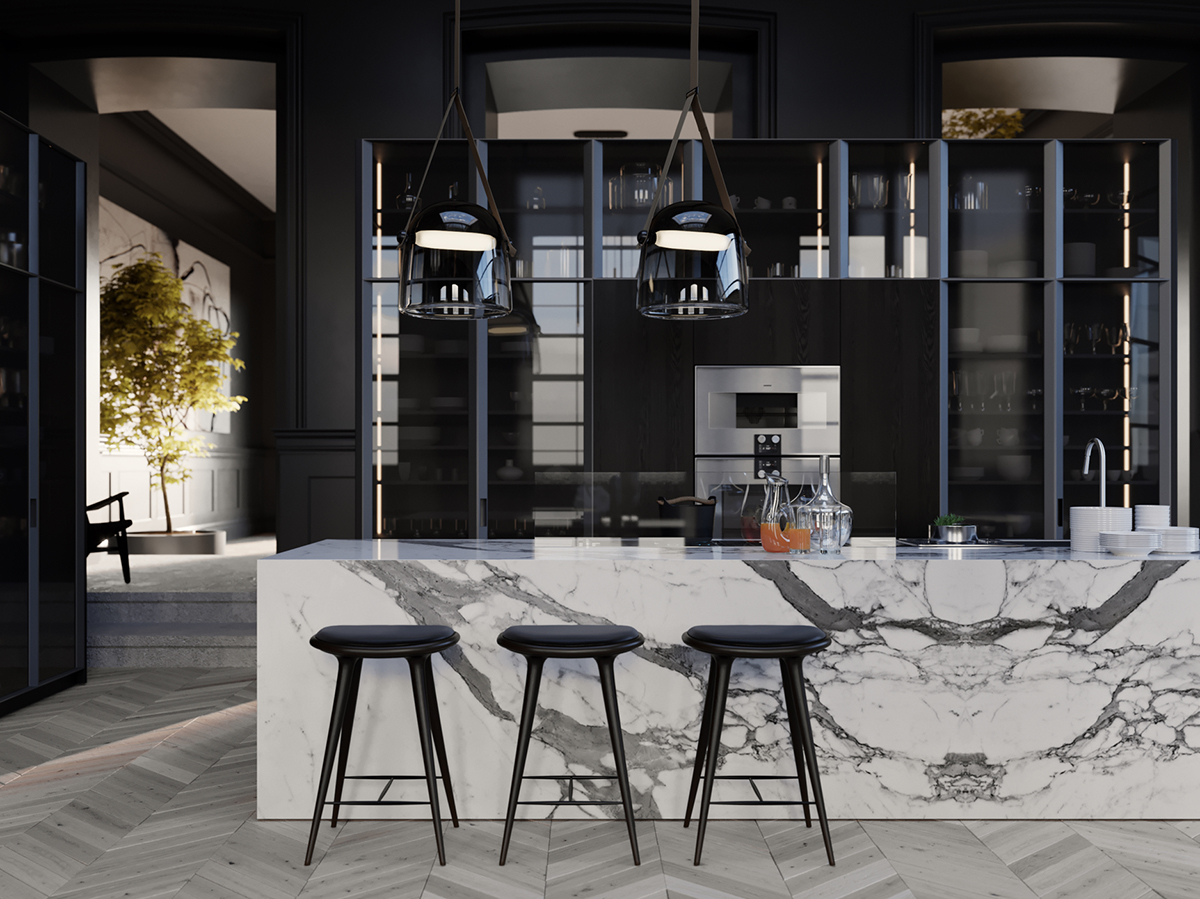
A Gaggenau kitchen design incorporating a Vario 400 series oven
Stephen Bayley: So, would you agree with [cookery writer] Marcella Hazan when she said, “I don’t
measure, I cook”?
Sven Baacke: Yes!
Stephen Bayley: Does good design last forever?
Sven Baacke: Yes. I admire Apple, but a first-generation iPhone is now obsolete. Our 90cm oven has been on the market since the eighties. It’s an investment, not an indulgence!
Stephen Bayley: Where do you find inspiration?
Sven Baacke: I like the oak cutting-board I recently bought at Margaret Howell in London. And I have just bought an electric Audi, but I also want to buy an old Porsche Targa or an original 1959 Mini. I am in love with combustion engines, but this is not a technology that’s going to get us to the next generation.
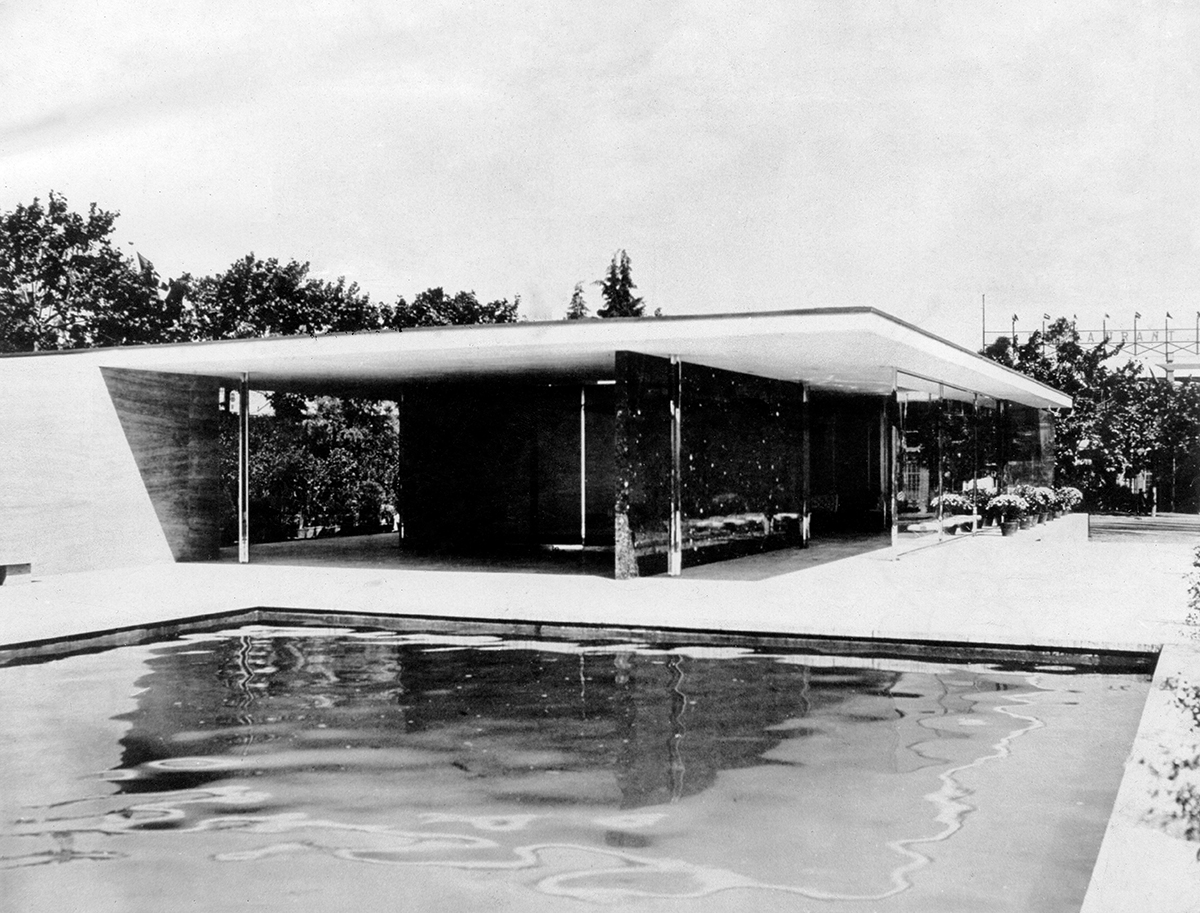
Mies van der Rohe’s Barcelona Pavilion
Stephen Bayley: What about the Frankfurt Kitchen?
Sven Baacke: My grandma had something like it. Very German. But its successor was Otl Aicher’s book Die Küche zum Kochen (The Kitchen is for Cooking) which inspired me at college. Aicher was the designer who gave BMW and Lufthansa graphics their amazing clarity.
Stephen Bayley: What new technologies will influence cooking in the future?
Sven Baacke: Revolutions are very rare. Cooking will always be an analogue activity. Look – we are not going to the moon, so I think future improvements will come from better manufacturing. And from a better understanding of how, for instance, we can make cleaning easier. Perhaps we will be able to make equipment disappear from view when not in-use.
Stephen Bayley: You have ten designers working at Gaggenau. What do you tell them?
Sven Baacke: Well, you have heard of forecasting. We have this intellectual game I call ‘back-casting’. I ask my designers to jump into the distant future and then jump back to the near future. And, with the jumping concluded, we both firmly agreed that the idea of wanting to save time in the kitchen was ridiculous, because wherever else would you ever want to be other than in a well-designed kitchen?
Find out more: gaggenau.com/gb
This article was originally published in the Spring 2020 Issue.




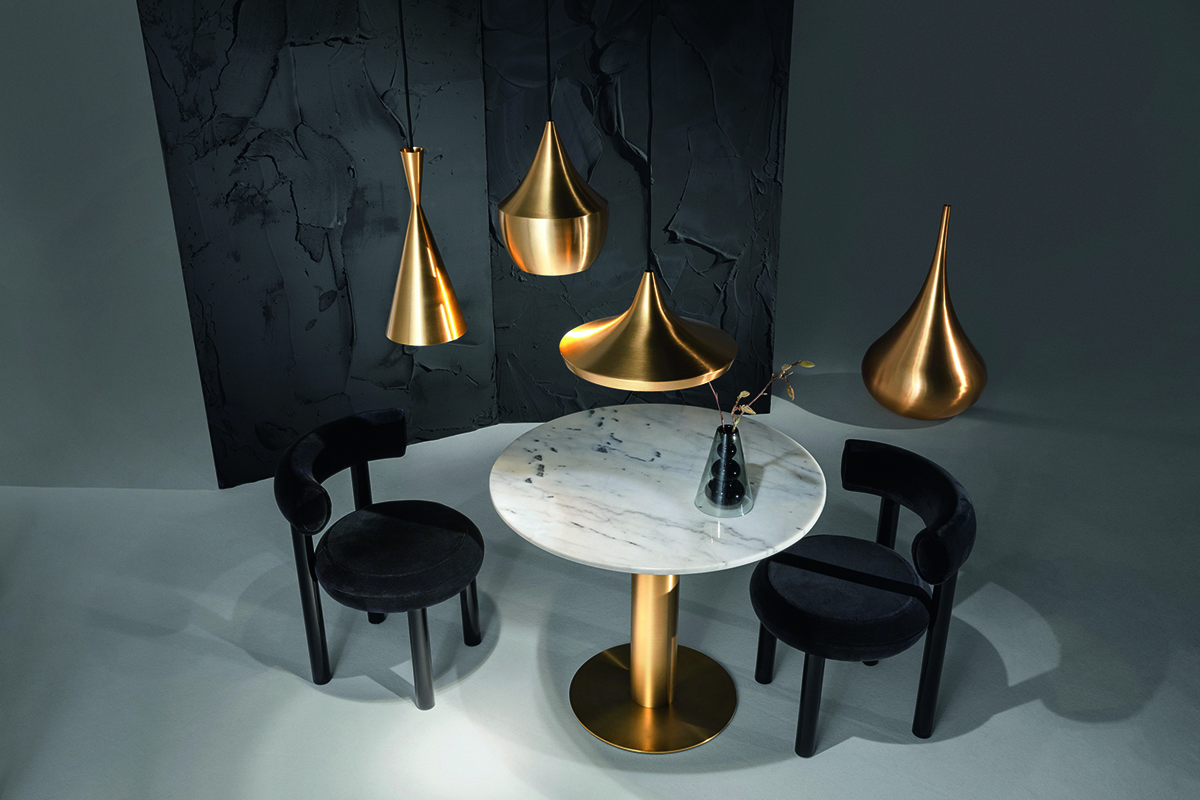
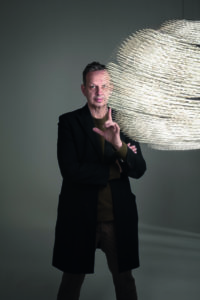
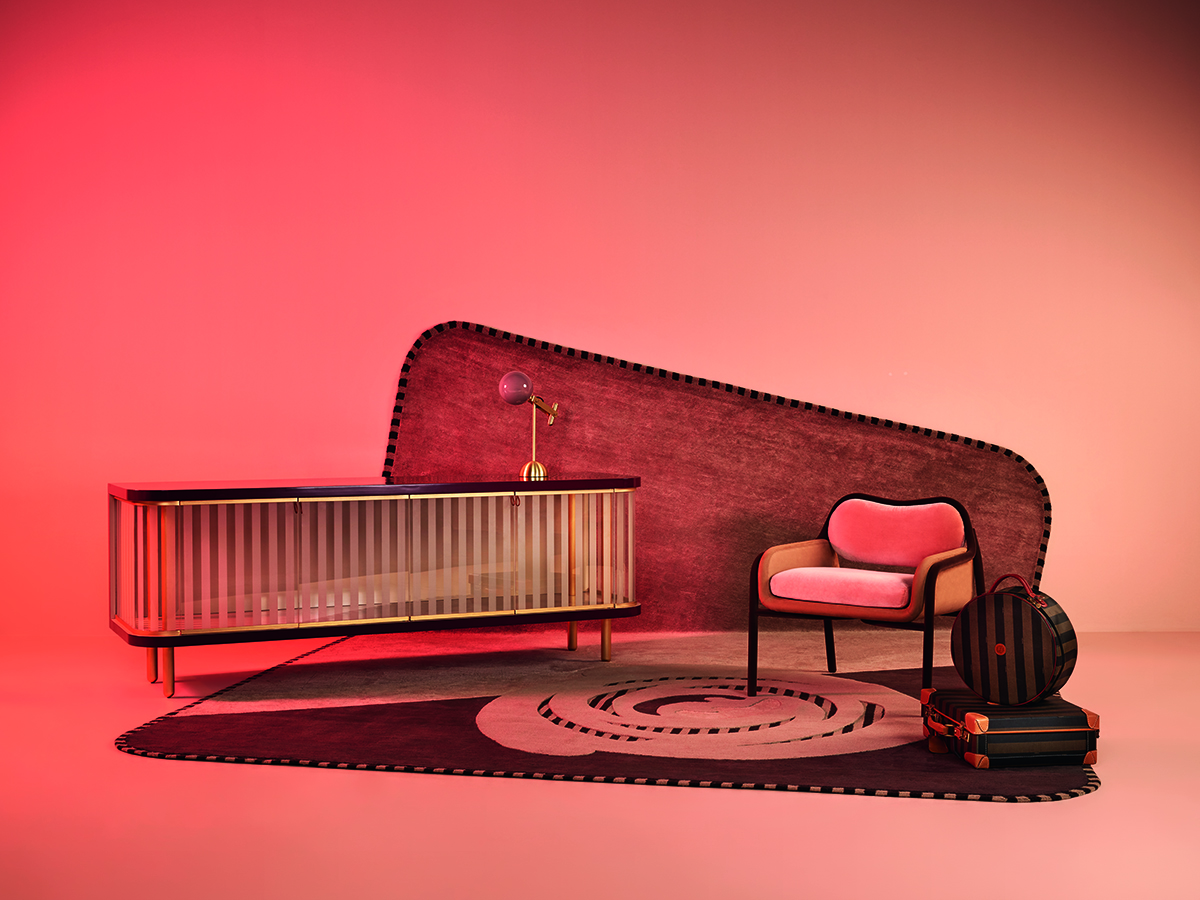
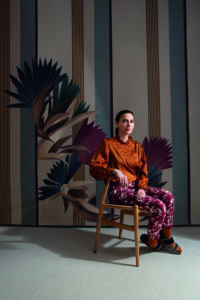

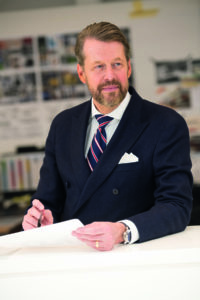
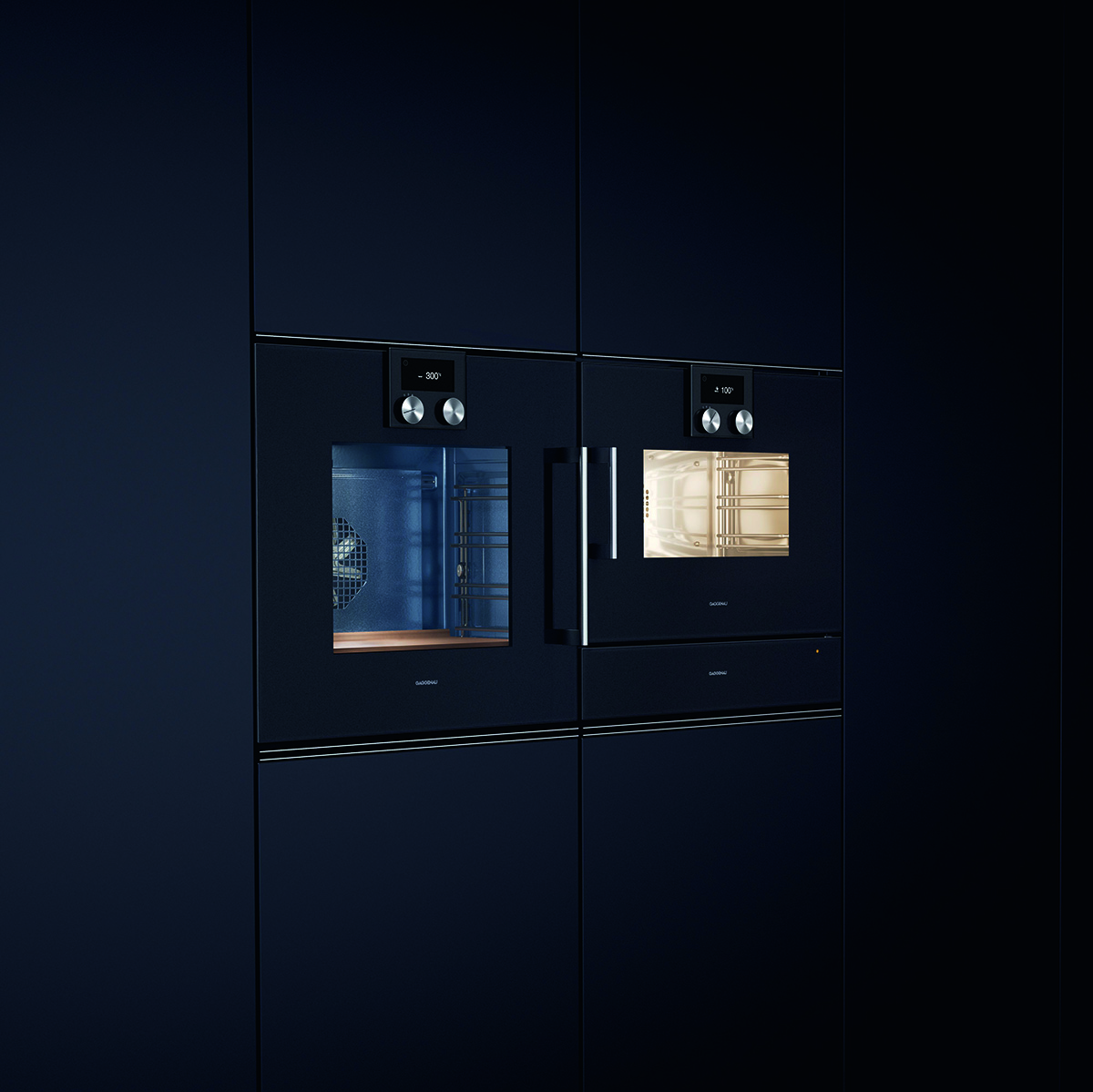


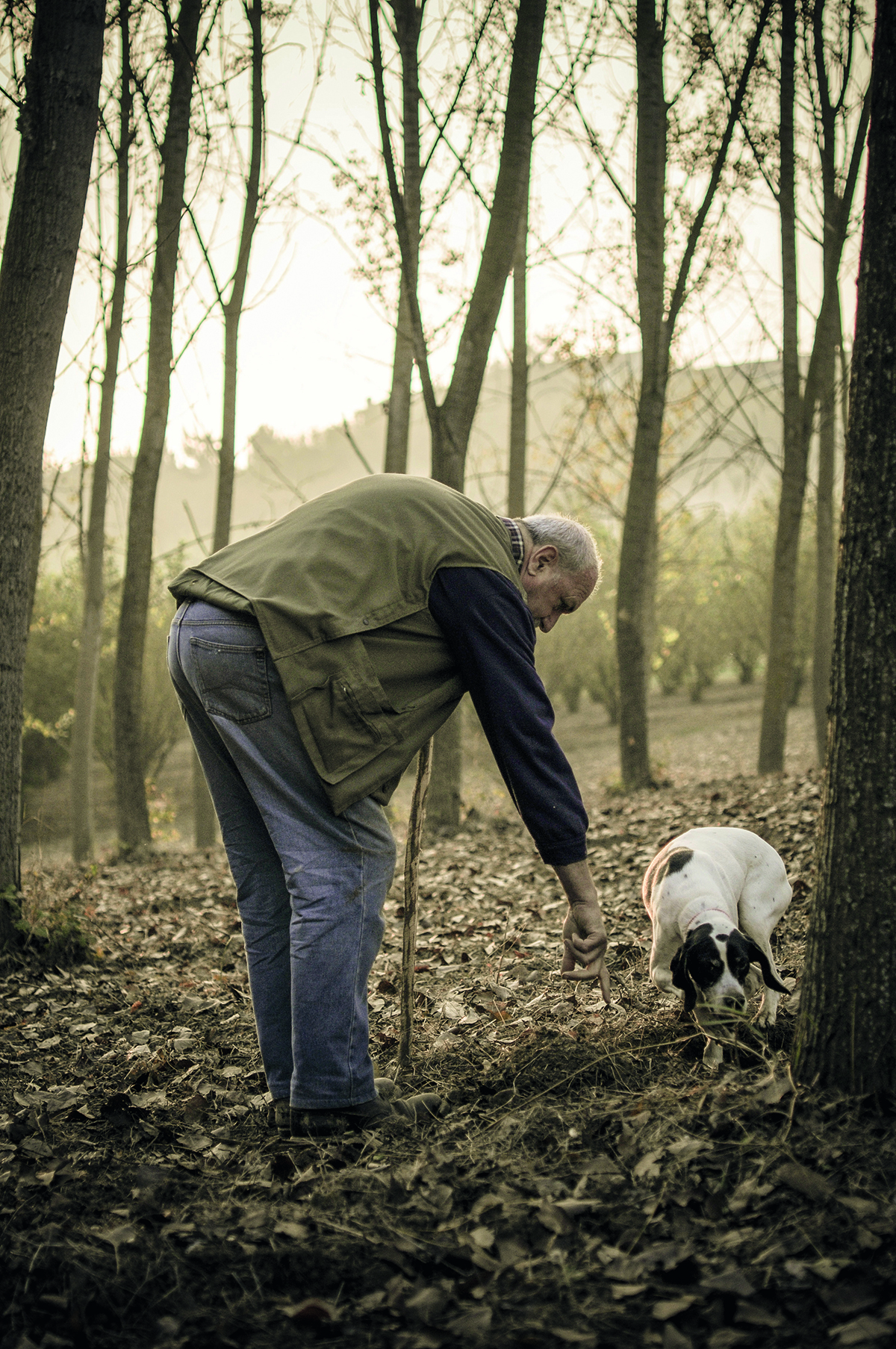
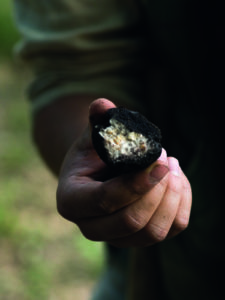
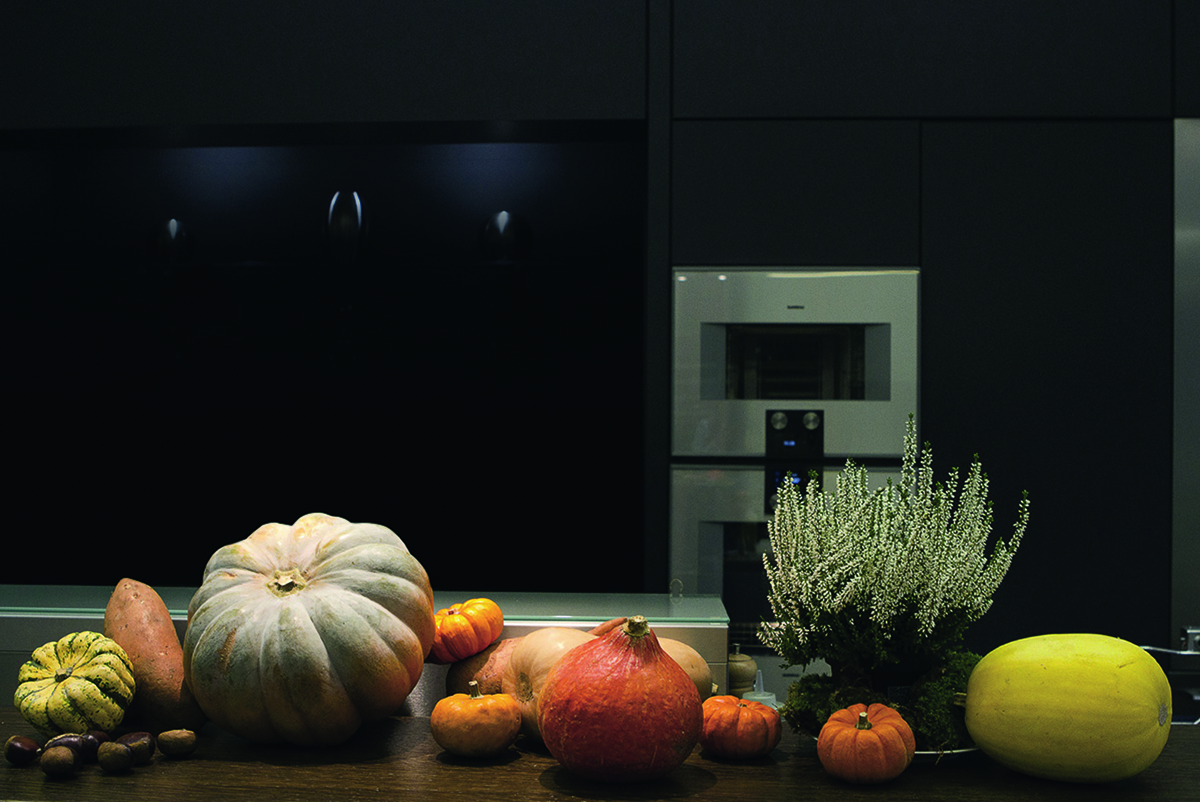
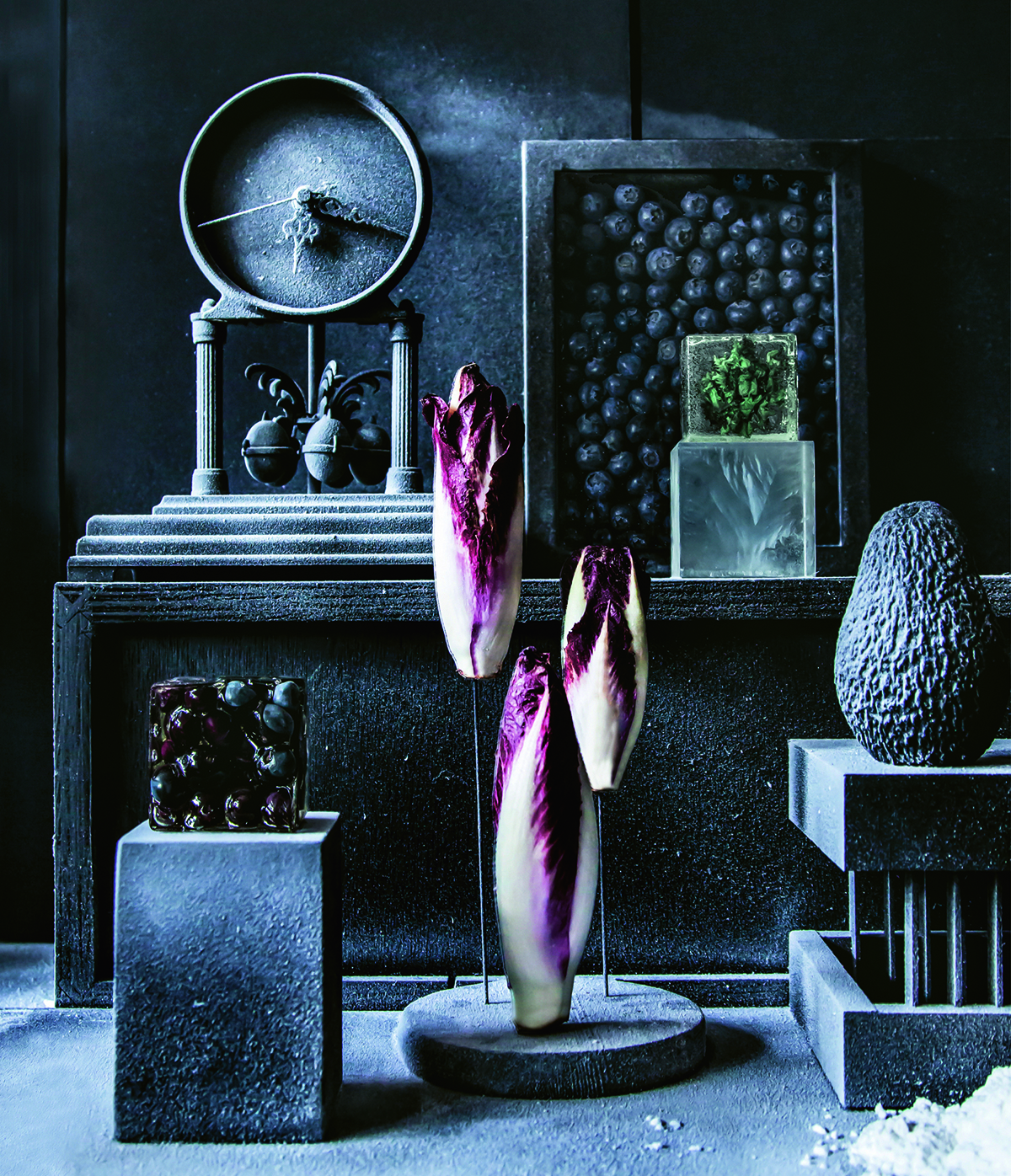
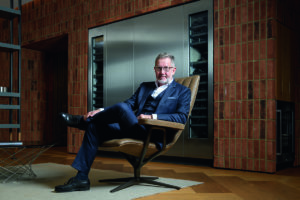















Recent Comments